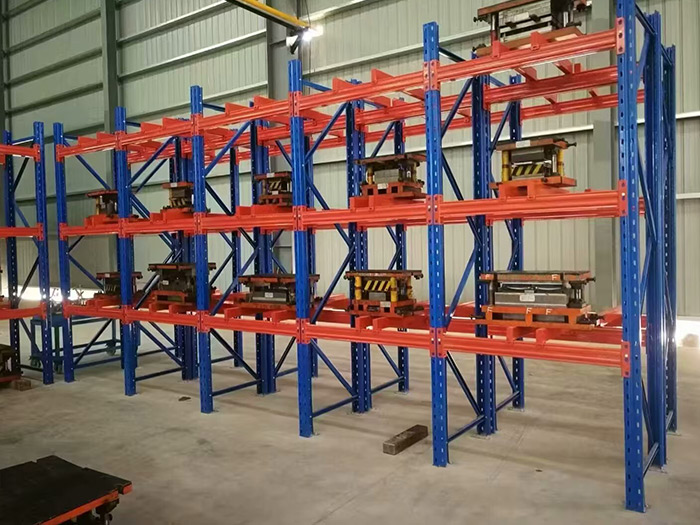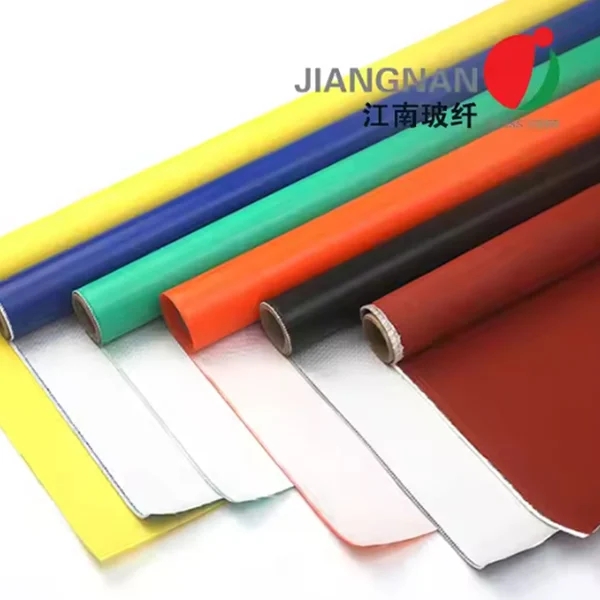Shielding Your Roof: Effective Strategies to Prevent Roof Leaks
3 min readRoof leaks can be a homeowner's nightmare, causing extensive damage and costly repairs. To safeguard your property and maintain its structural integrity, it is crucial to understand how to prevent roof leaks. In this comprehensive guide, we will explore expert strategies and industry best practices to help you keep your roof watertight and secure.
- Regular Roof Inspections:
Regular roof inspections are the first line of defense against leaks. Engage a professional roofing contractor to conduct a thorough inspection at least once a year, preferably before the rainy season. They will assess the condition of your roof, identify potential weak points, and recommend necessary repairs or maintenance. - Proper Roof Maintenance:
a. Clear Debris: Regularly remove debris such as leaves, branches, and dirt from your roof. Accumulated debris can clog gutters and downspouts, leading to water backup and potential leaks.
b. Trim Overhanging Branches: Trim tree branches that hang over your roof to prevent them from scraping against the surface during storms, which can damage the protective layers and create entry points for water.
c. Clean Gutters and Downspouts: Ensure gutters and downspouts are clear of debris and properly functioning. Clogged gutters can cause water to overflow, seep under shingles, and penetrate the roof structure.
d. Replace Damaged Shingles: Promptly replace any cracked, curled, or missing shingles to maintain a watertight barrier. Damaged shingles are vulnerable to water infiltration, leading to leaks. - Adequate Ventilation and Insulation:
Proper ventilation and insulation play a vital role in preventing roof leaks. Inadequate ventilation can cause moisture buildup, leading to mold growth and deterioration of roofing materials. Ensure your attic is well-ventilated, allowing air to circulate and prevent condensation. Additionally, proper insulation helps maintain a consistent temperature, preventing ice dams and subsequent leaks during winter. - Flashing Maintenance:
Flashing refers to the metal strips installed around roof penetrations, such as chimneys, skylights, and vents, to prevent water intrusion. Over time, flashing can deteriorate or become loose, compromising its effectiveness. Regularly inspect flashing and ensure it is intact, properly sealed, and free from corrosion. Replace or repair any damaged flashing promptly to prevent leaks. - Professional Installation and Repairs:
When installing a new roof or conducting repairs, always hire experienced and reputable roofing professionals. Improper installation or substandard repairs can lead to premature roof failure and increased susceptibility to leaks. Ensure the contractor uses high-quality materials and follows industry best practices. - Monitor Attic and Ceiling:
Regularly inspect your attic and ceiling for signs of water stains, mold growth, or dampness. These indicators suggest a potential roof leak. Early detection allows for timely repairs, preventing further damage to your roof and property.
Conclusion:
Preventing roof leaks requires a proactive approach and regular maintenance. By implementing the strategies outlined in this guide, you can safeguard your roof, protect your property, and avoid the headaches and expenses associated with roof leaks. Remember, investing in preventive measures today can save you significant time, money, and stress in the long run. Stay vigilant, and your roof will remain a reliable shield against the elements.



